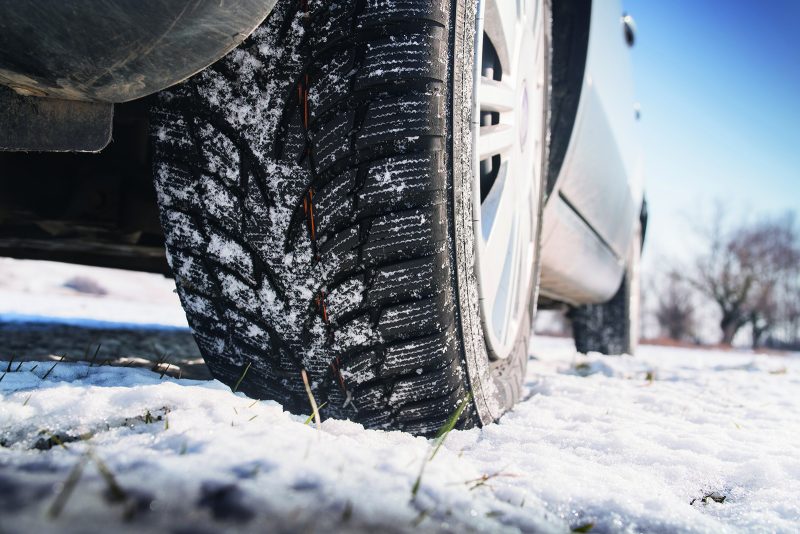When winter approaches and the days get colder, it’s time to swap your summer tires for winter ones. If you’re wondering why you should bother, here’s what you need to know.
Improved traction
The main reason to install winter tires is to ensure your vehicle has sufficient traction in cold weather. When temperatures drop below 45 degrees Fahrenheit, the rubber on both summer and all-season tires hardens and loses its ability to grip the road adequately. However, winter tires have a rubber compound that remains flexible even at -40 degrees Fahrenheit, ensuring adequate traction in frosty weather.
In addition, winter tires have a deeper tread than summer tires. This design feature shortens braking distance in cold weather by up to 25 percent.
Criteria to consider
If you’re in the market for new winter tires, look for the three-peaked mountain and snowflake symbol on the sidewall. This certifies that the tires are approved for wintry conditions.
Possible consequences
If you fail to use winter tires when driving in snowy and icy conditions, you can lose control of your vehicle. This will jeopardize the safety of everyone on the road, including you. Moreover, your insurance claim may be denied if you get in a crash, and winter tires could have helped prevent the mishap.
Do you need new winter tires to get through the upcoming season? If so, consult a specialist to purchase a set and leave the installation to the experts.
Winter tires aren’t required by law in most states. However, in winter, they’re highly recommended when driving in northern parts of the country, and installing them can help ensure you aren’t liable if you’re in a collision. Each state has its own requirements for tires pertaining to tread, wear, and overall condition.

